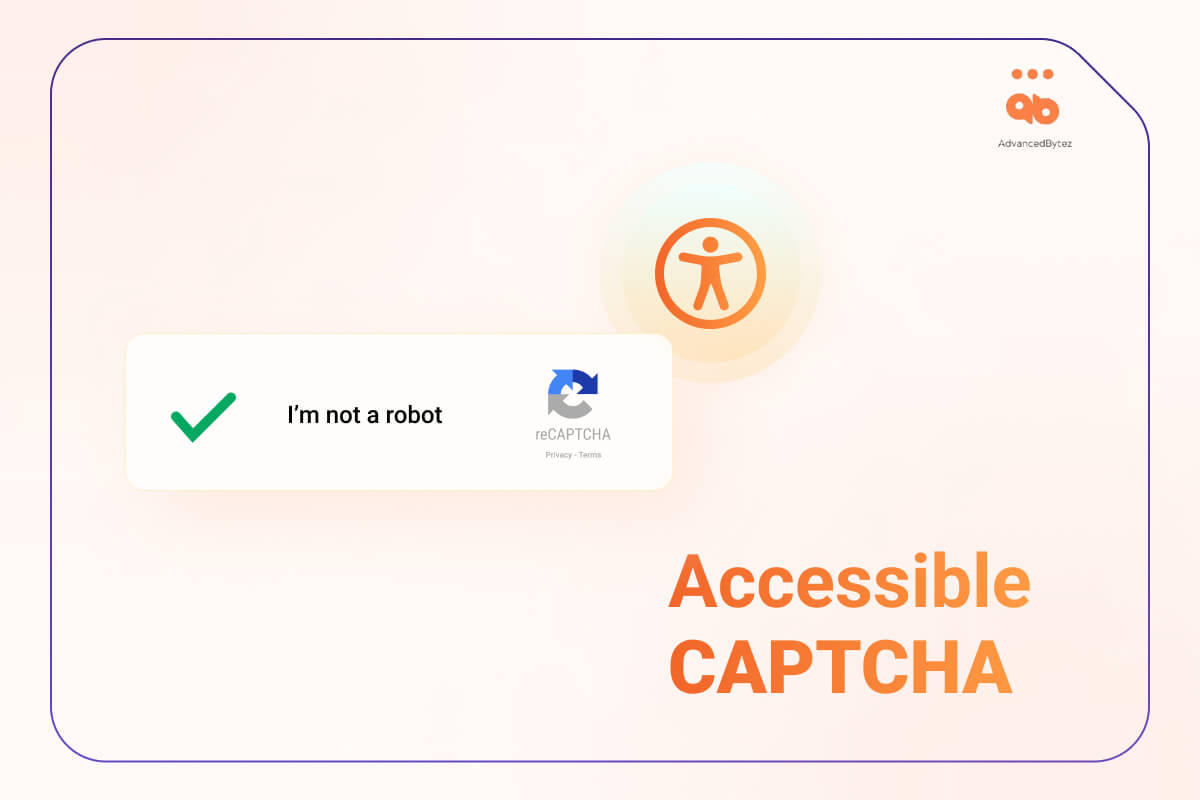When developing a website, developers must keep in mind that user experience matters for everyone. Everybody doesn’t access websites in the same manner. Many such users are having different types of disabilities and impairments that restrict their user experience.
To ensure a positive experience for all users, it is a must that a website is accessible. An accessible website is equally attainable for everyone, with or without any disabilities.
AODA or Accessibility for Ontarians with Disabilities Act takes into account accessibility for the disabled citizens of Ontario. This Canadian law was passed in 2005 and it has established an accessibility standard for both public and private organizations based in the province of Ontario. AODA is largely based on the latest version of Web Content Accessibility Guidelines.
This blog will discuss more AODA compliance and how it can help your website in the long run.
Table of Contents
What is AODA?
AODA, passed in 2005, is primarily based on the Ontarians Disabilities Act 2001. This compliance establishes certain accessibility standards for organizations (public and private) to ensure that Ontarians who are living with disabilities experience proper access to websites and the information within them.
It is essential to mention here that AODA compliance doesn’t replace the Ontario Human Rights Code, which forbids discrimination against people with disabilities. This compliance sets clear expectations and processes for enterprises to help them become AODA compliant.
Why should your website be AODA compliant?
Over 15% of Ontario’s population are living with some kind of disability. As an entrepreneur or developer, it is your responsibility to ensure that the information within your website is fully accessible to these people.
Here are some reasons why your website must be AODA compliant:
1. Being empathetic
The very first reason to develop an AODA-compliant website is empathy. We know that more than 15% of the population of Ontario is living with disabilities. In that case, it should be a moral responsibility of companies and business owners to ensure that their websites create an inclusive experience for the users and ensure equal access to information. Websites should try to be empathetic toward them and ensure that they don’t face any barriers while navigating across your website.
2. To avoid penalties
Another major reason for being AODA compliant is to avoid the penalties. An individual guilty of AODA non-compliance can be fined up to $50000 each day while an organization guilty of the same violation will be fined $100000 per day.
3. Building a credible brand image
If you abide by the guidelines of AODA compliance, it would be the first step toward building a credible brand image. It can help you establish a reputation as an equal opportunity employer that allows everyone (with or without disabilities) to access information seamlessly.
4. To improve SEO
Proper implementation of accessibility guidelines to the website design can improve the organic presence of your site. In case you missed it, this article discusses in detail how having an accessible website makes it easier for search engines to evaluate and crawl your website. As a result, you can expect prompt improvement in search engine ranking.
5. For better outreach
A non-compliant website limits its target visitors. Only people without any disabilities can access information on those websites. Alternatively, by being AODA compliant, you can target a broad group of audiences and experience more leads getting converted into paid customers.
Who should comply with AODA?
Here are some pointers you must know about AODA compliance:
- Any public sector organization such as municipalities and educational institutions in Ontario should comply with AODA
- Commercial organizations selling products and services, having a minimum of 50 employees and at least one of them residing in Ontario, must also comply with AODA.
- The AODA compliance holds for new websites and existing websites that refresh content.
How do you know if your website is AODA compliant?
The best way to evaluate the accessibility status of your website is by conducting an accessibility audit. A combination of automated and manual audit methods are recommended. If you are starting out, here are our top 3 tools that we believe can help you out. To get the complete list, please check out this article.
LERA is one of the best accessibility reporting Chrome extensions that perform an automated accessibility audit of your website and create a downloadable report highlighting all accessibility issues and potential fixes. LERA evaluates your website against WCAG 2.1, Level A, and AA success criteria to guide you in the accessibility design journey.
The next best web accessibility testing tool on our list is – Wave. It evaluates your website’s content with respect to different accessibility guidelines like WCAG. It can further conduct manual accessibility website testing to identify and fix the accessibility loopholes in your website.
Another web accessibility testing tool that you must try is Dynomapper. It allows developers to test the status of accessibility for any website within the browser. Additionally, you can generate comprehensive accessibility audit reports with Dynomapper to understand the accessibility issues and fixes better.
Final words
We hope you have a clear idea of AODA compliance and its significance for your website. The ultimate aim of founders is to make their websites accessible for everyone to add value to the target audiences. By complying with AODA, you can build an inclusive experience and welcome all your target visitors without any barriers.




